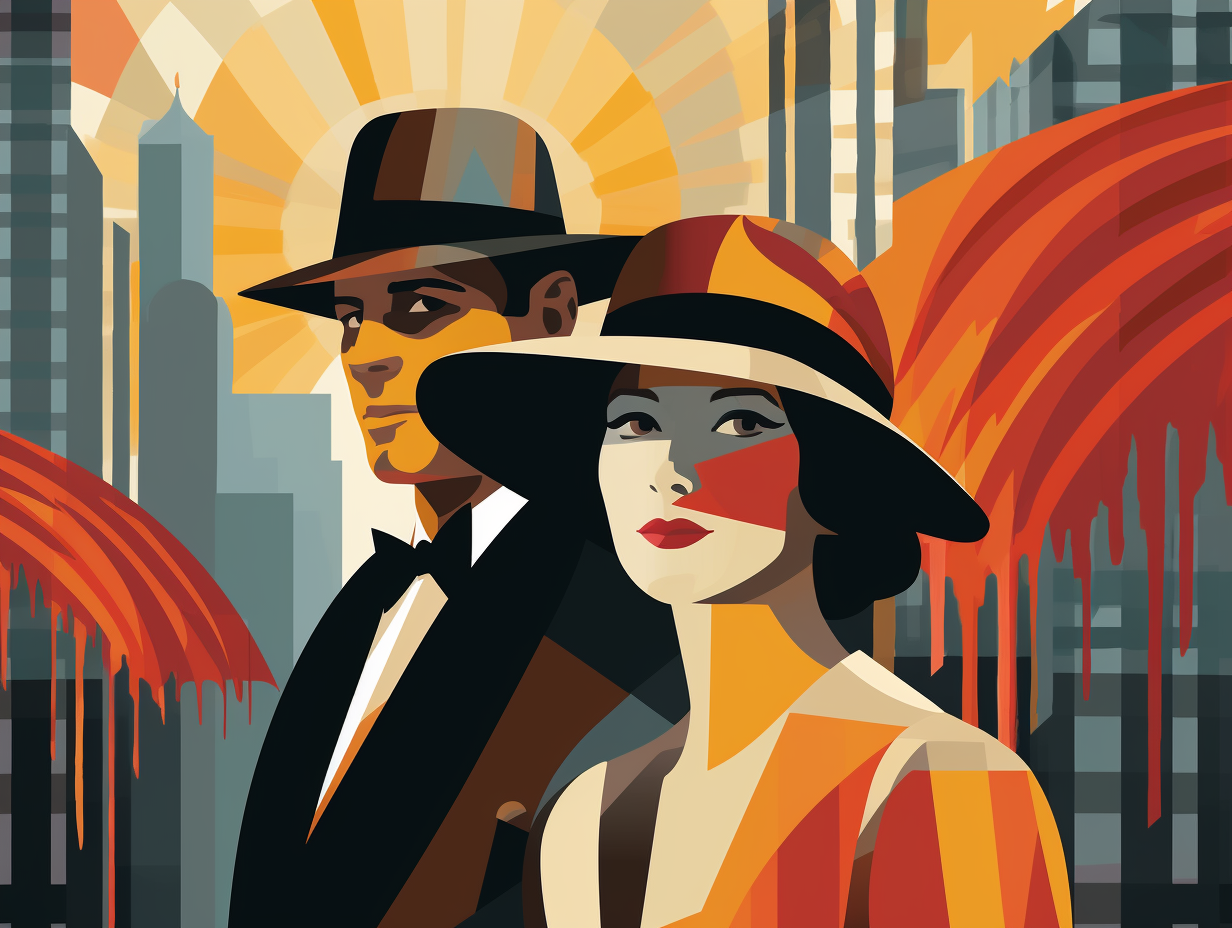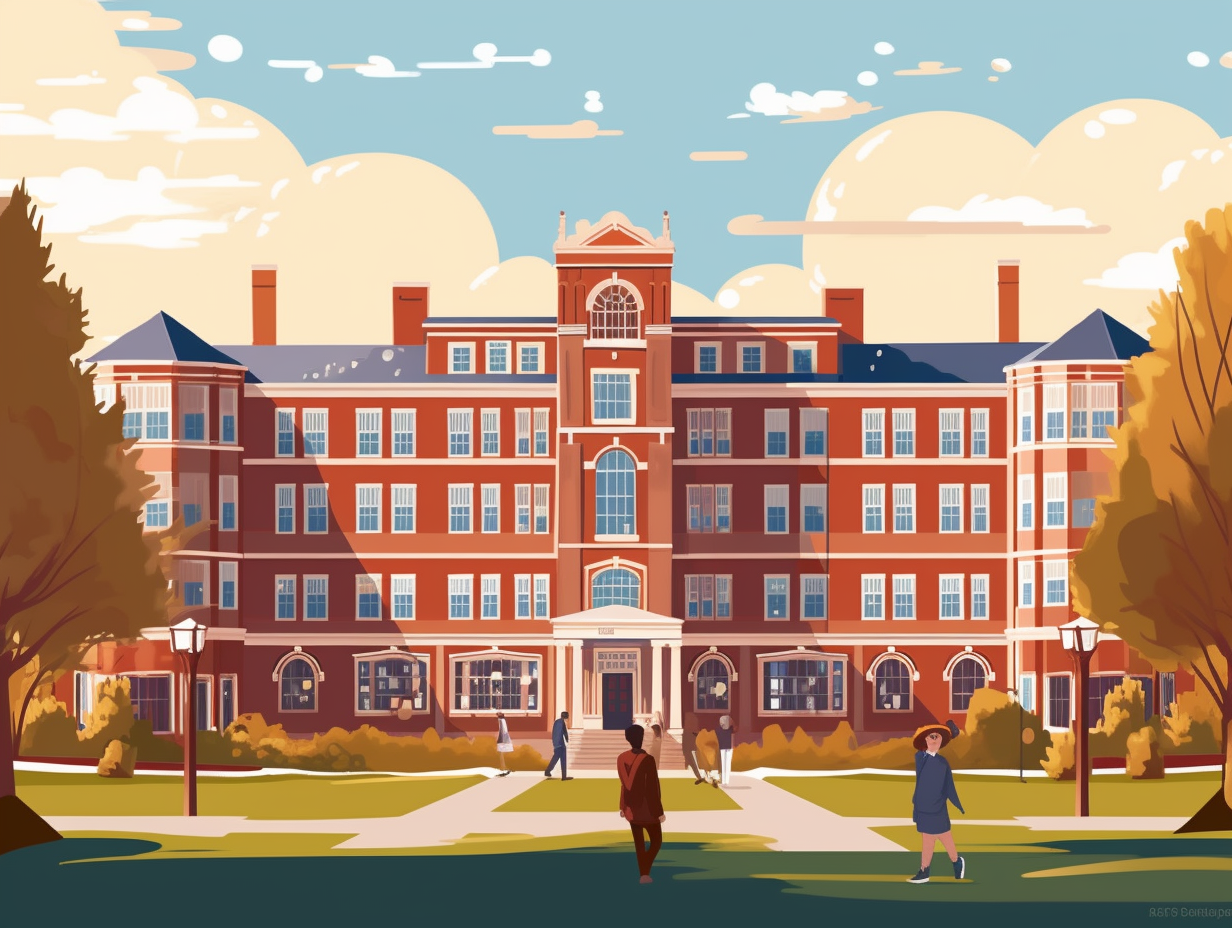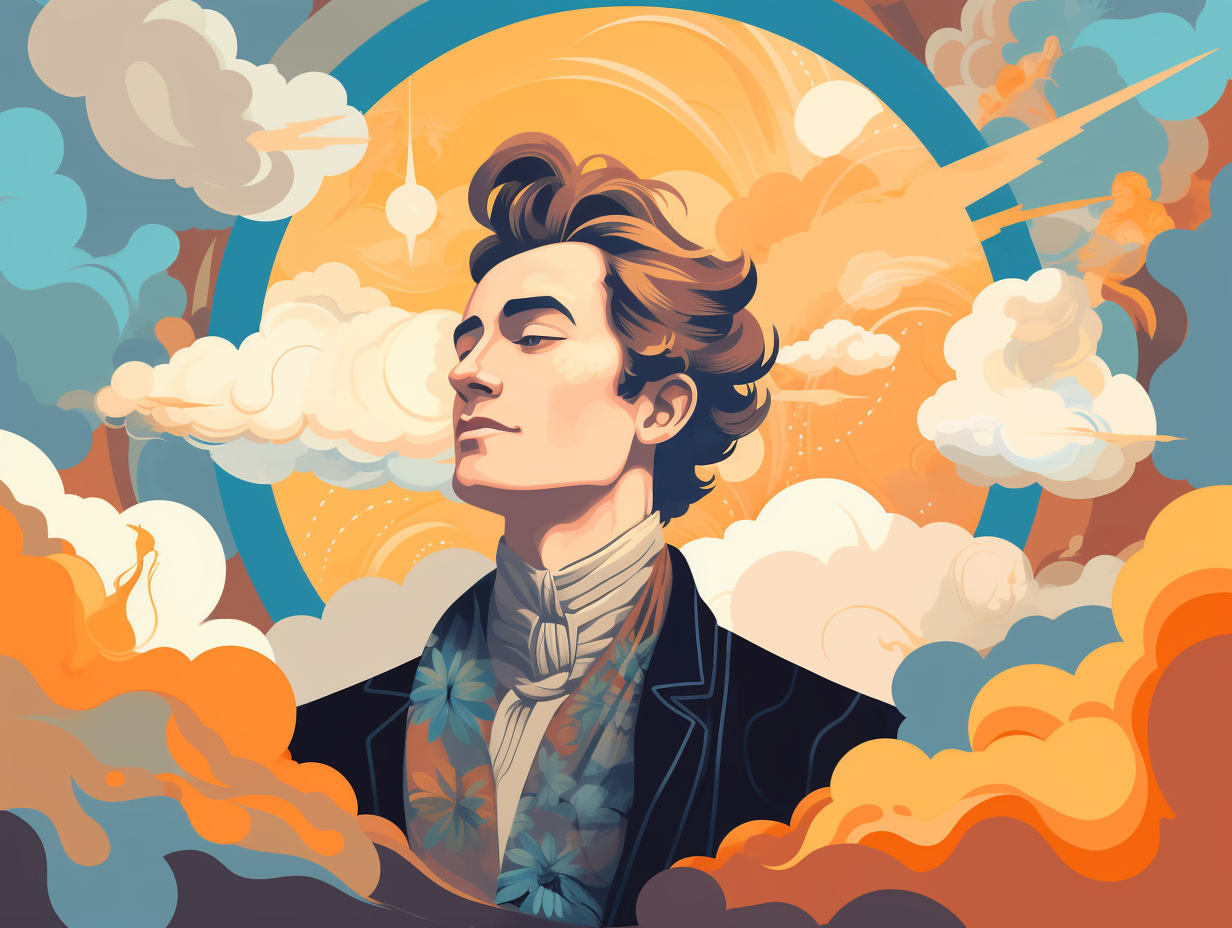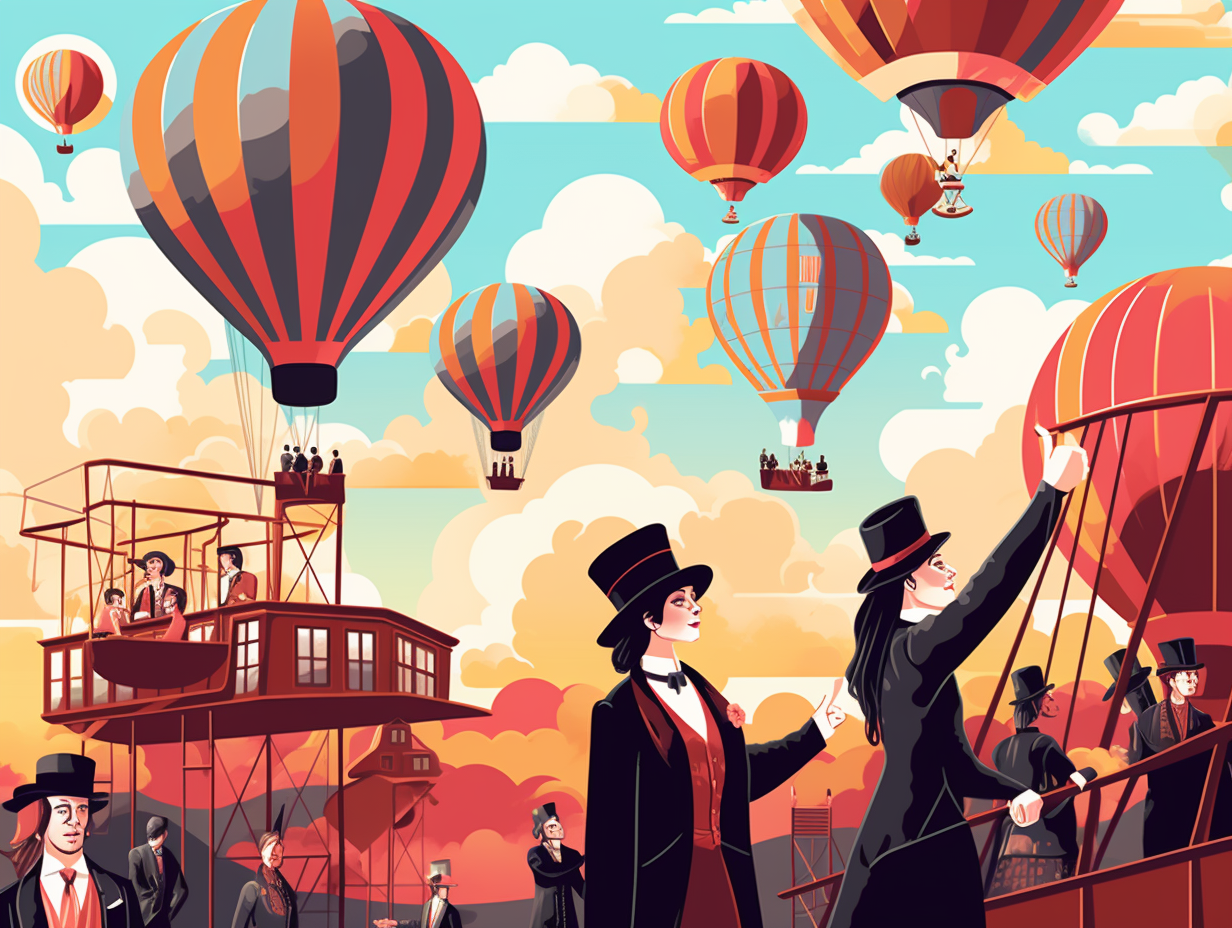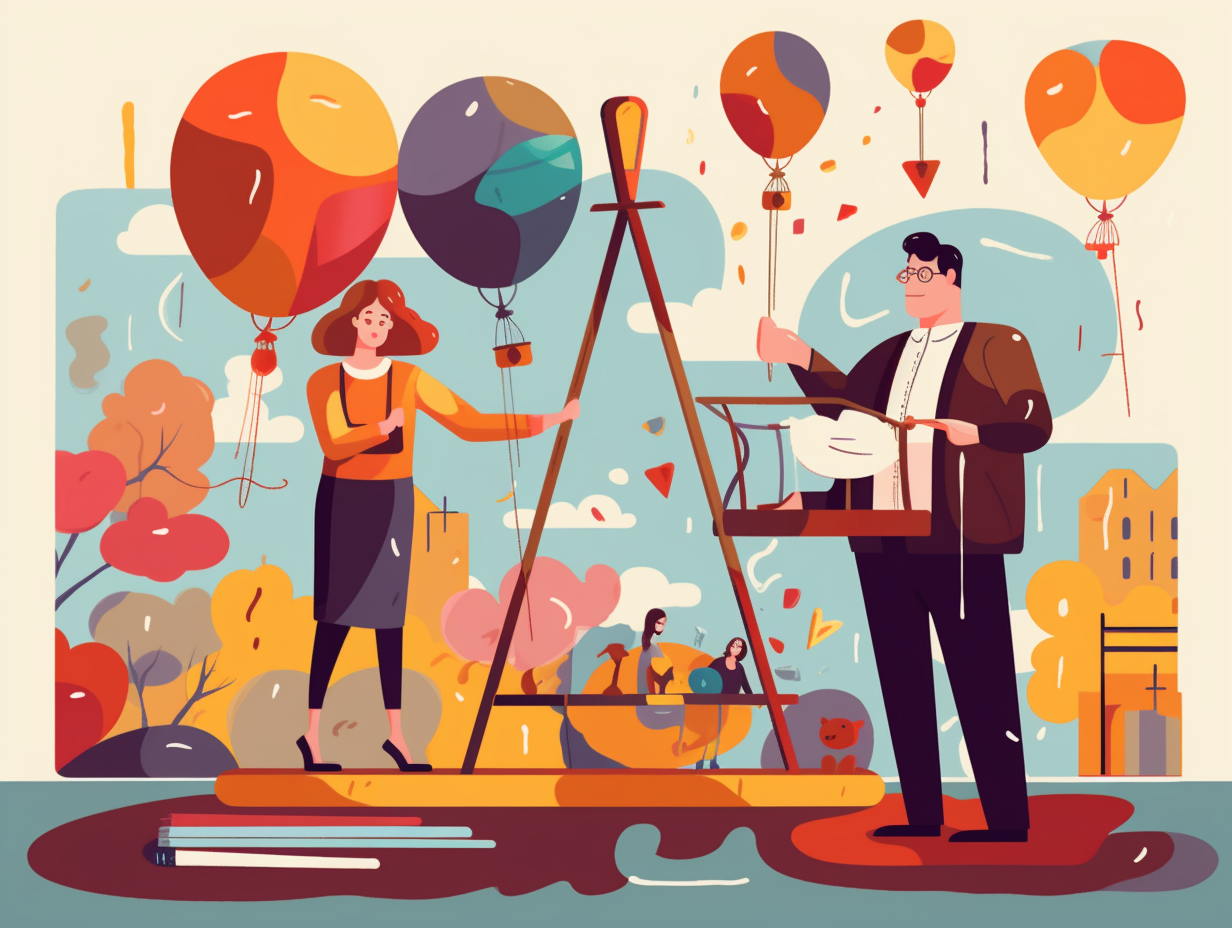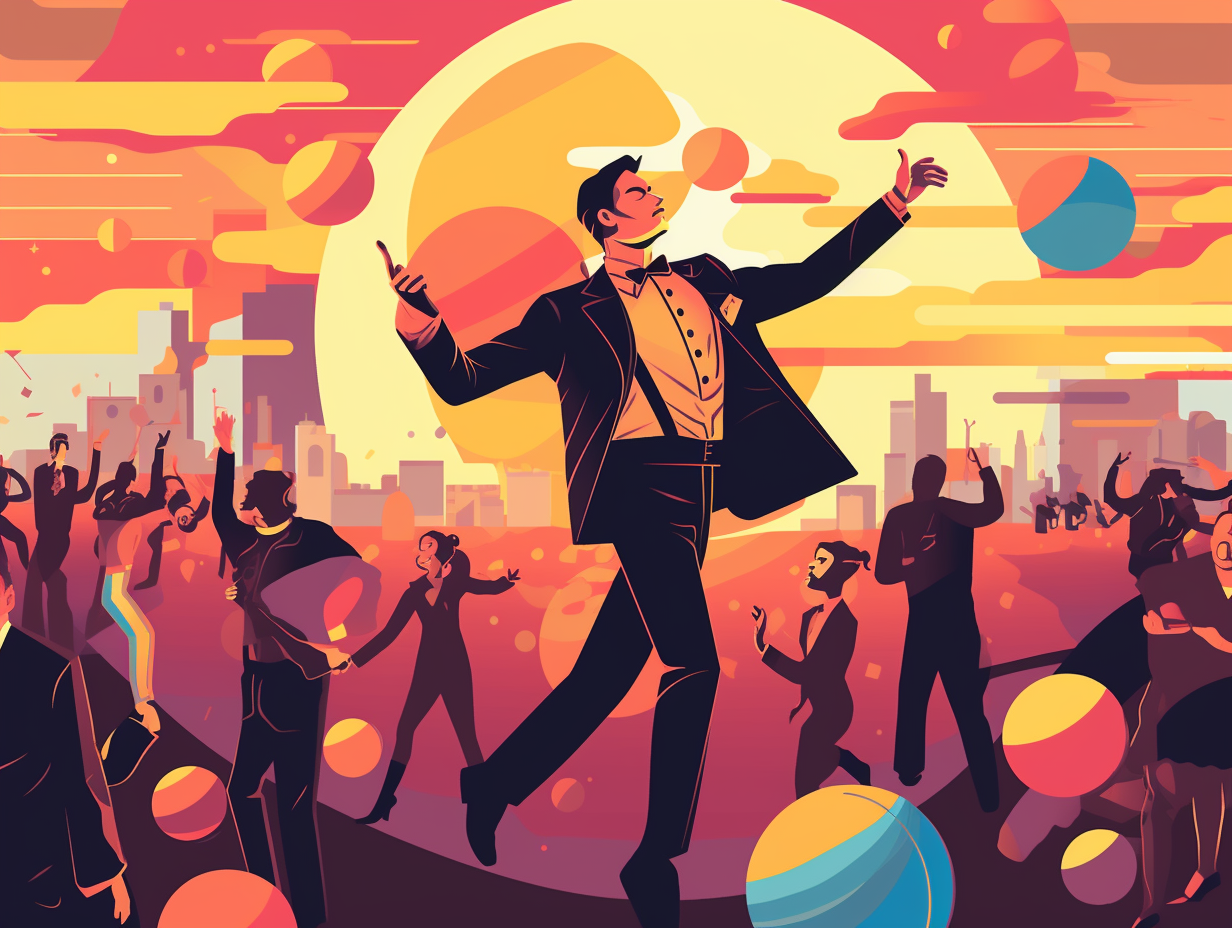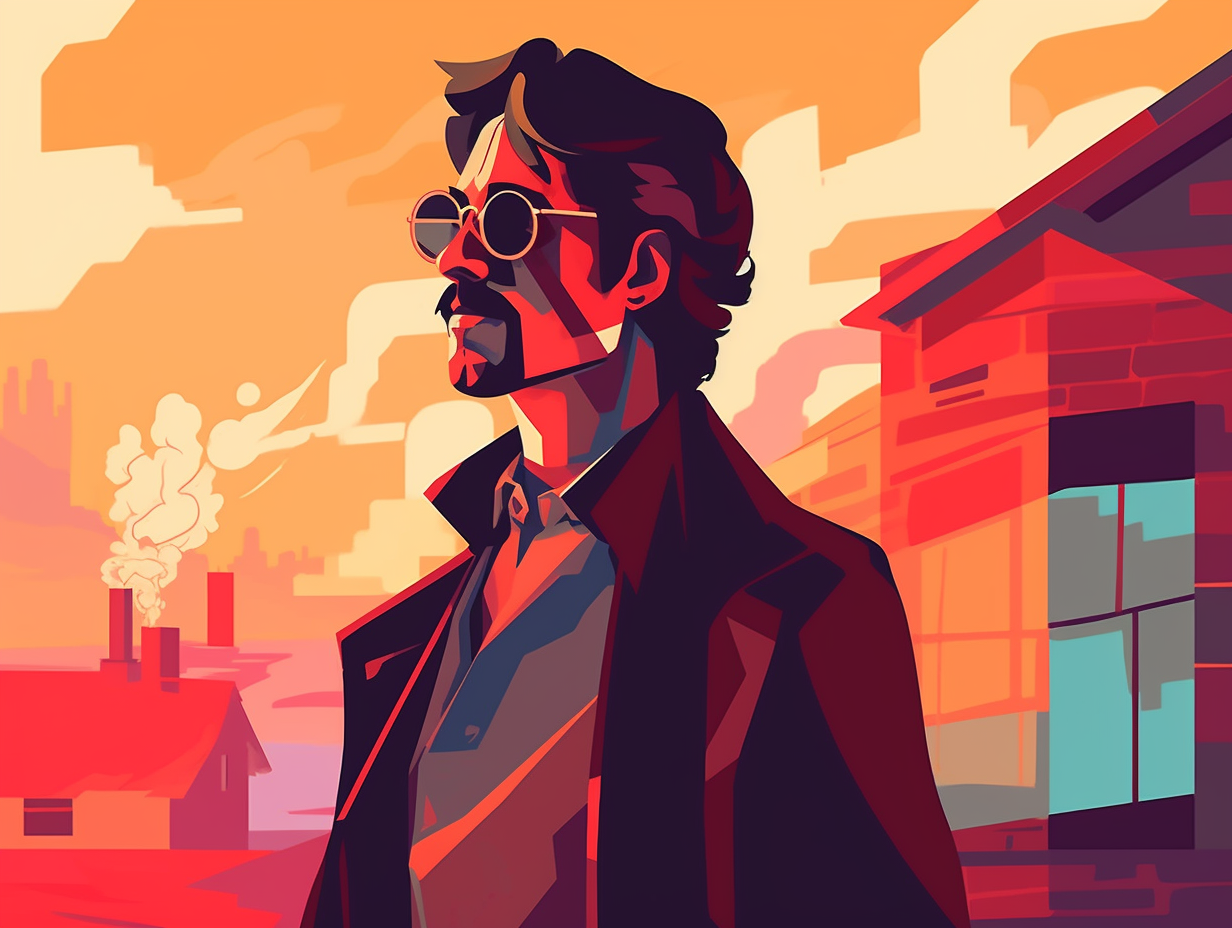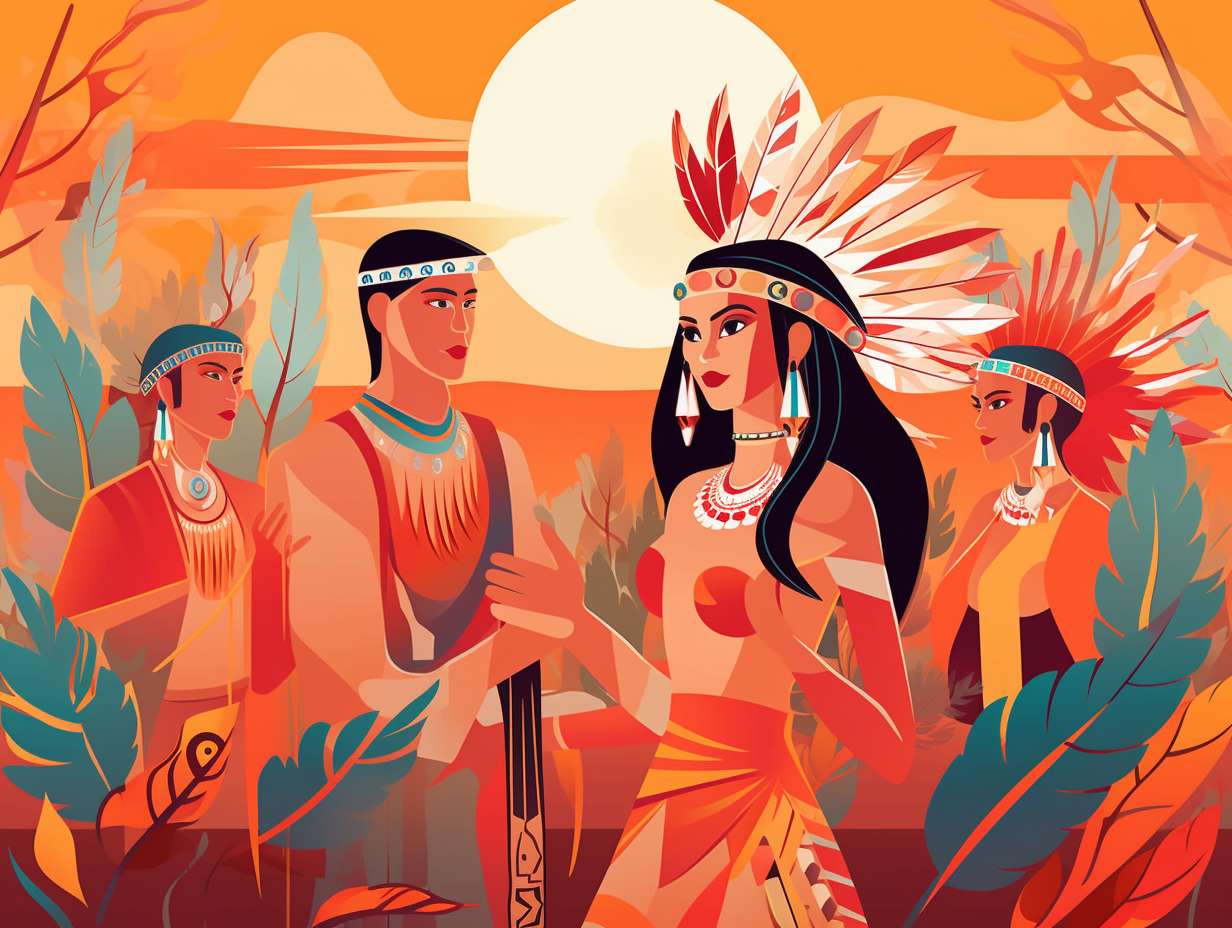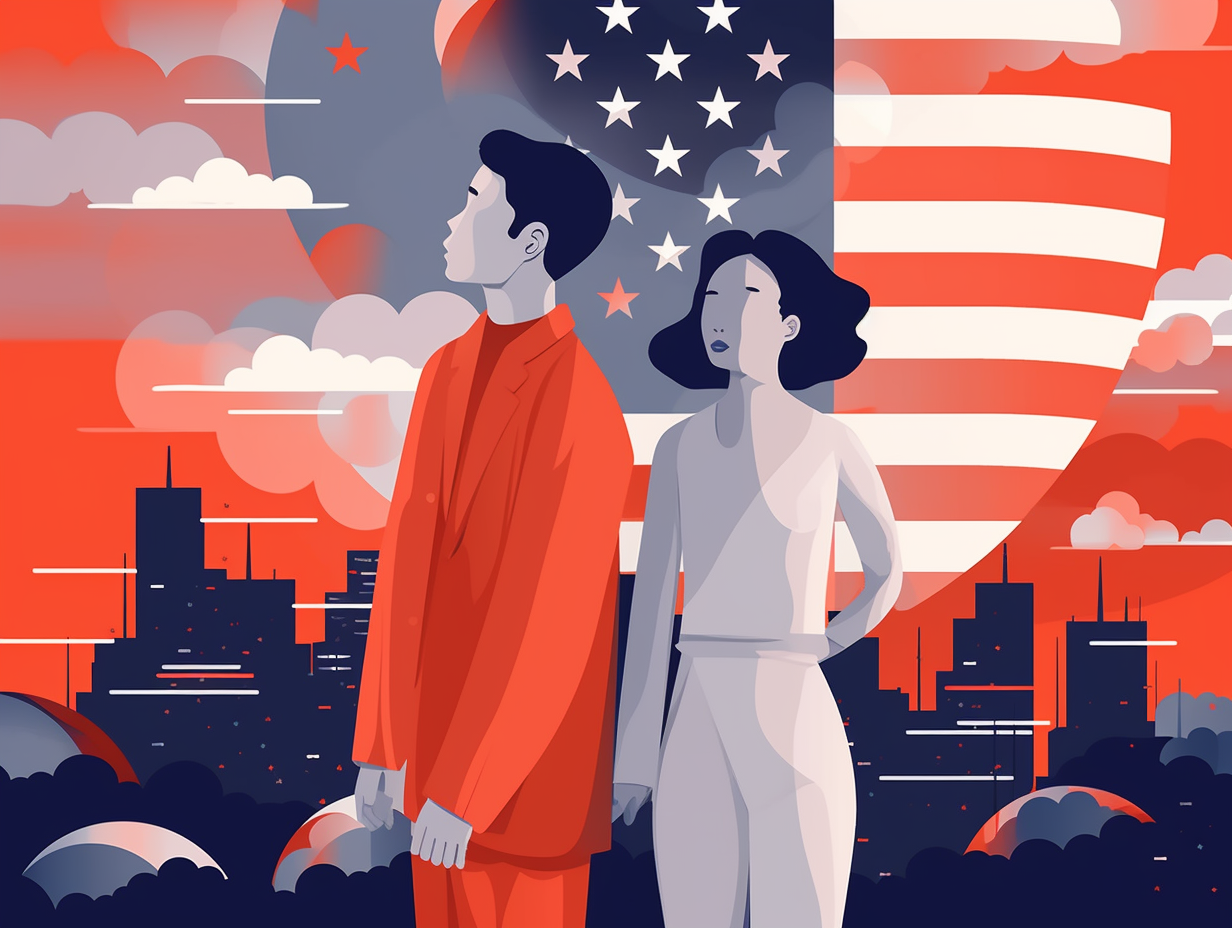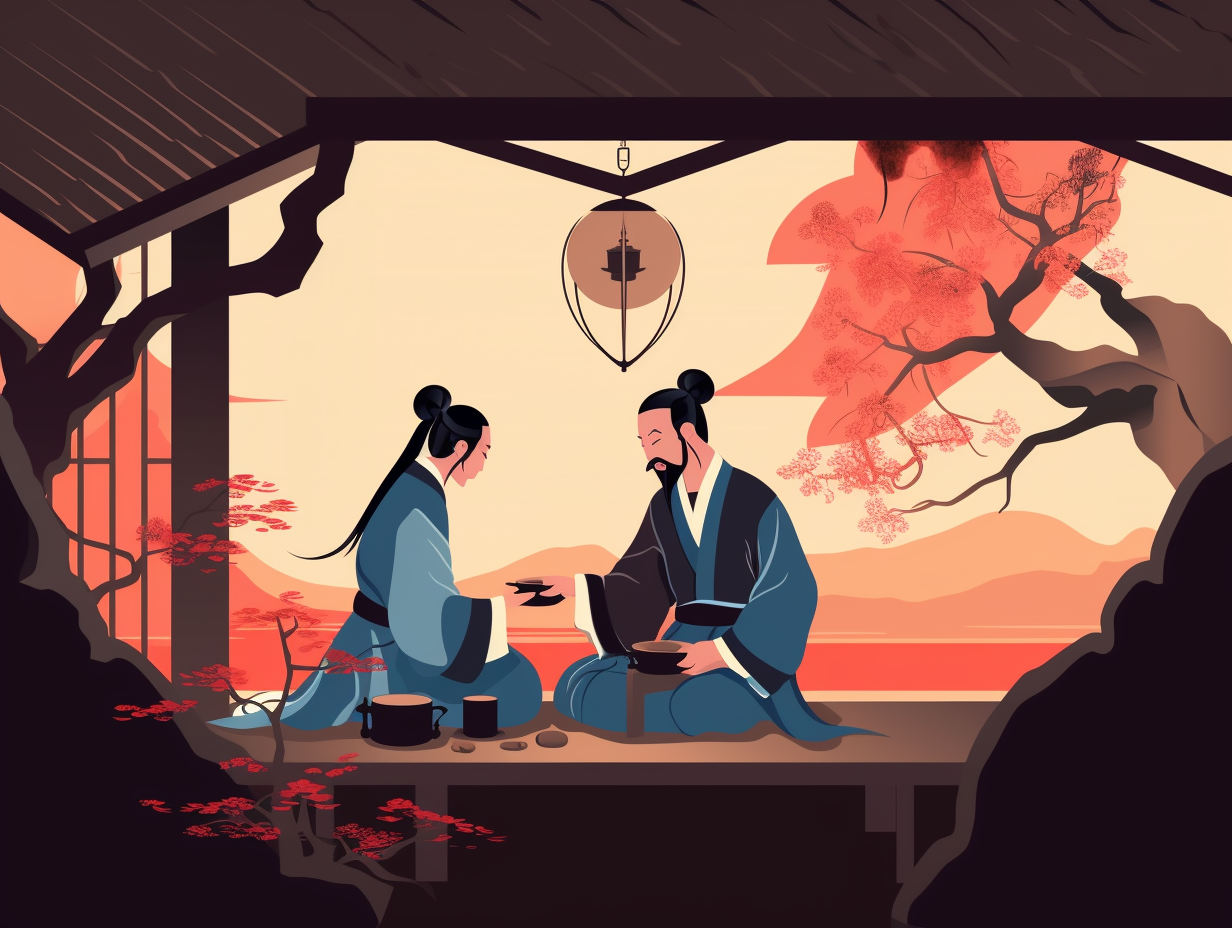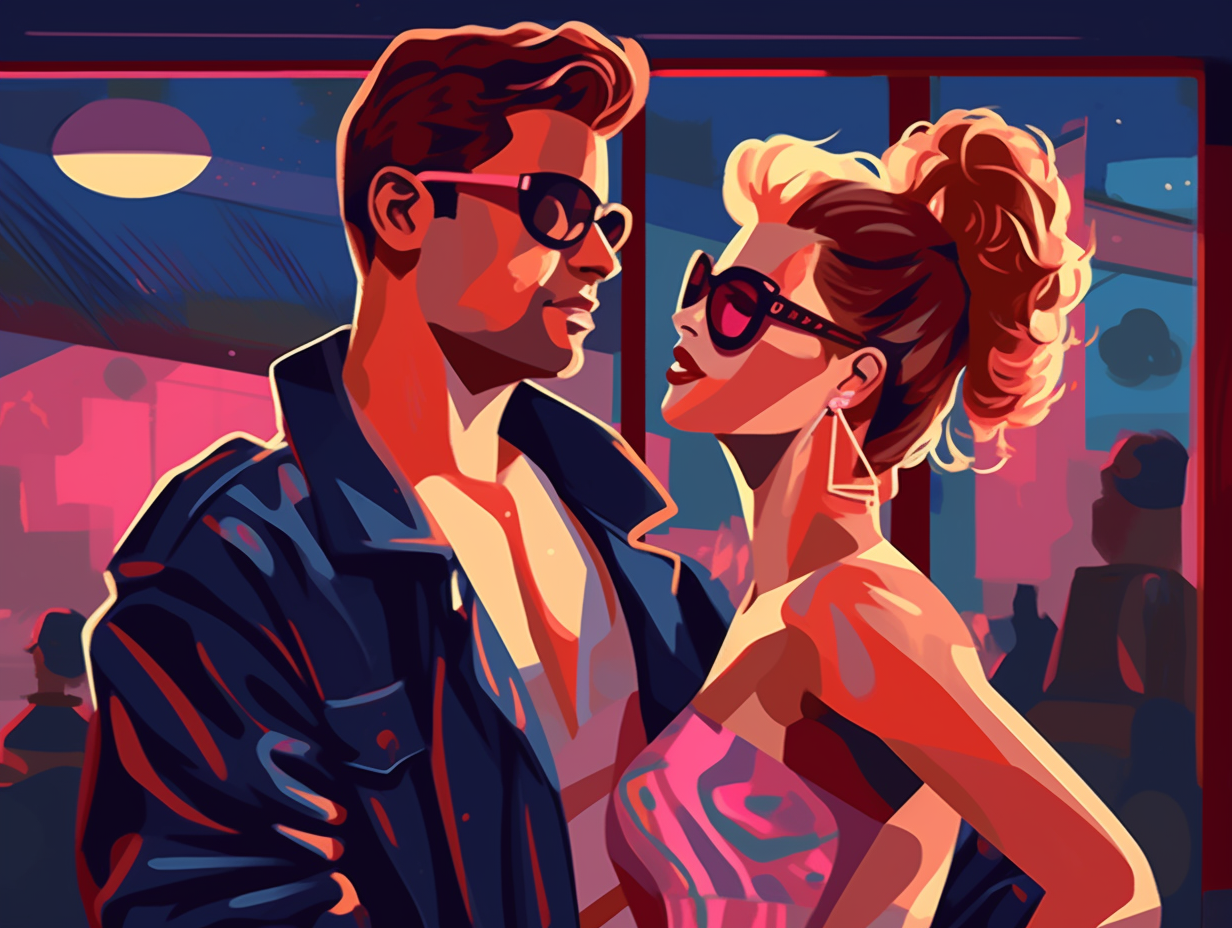Swing into History: Top 12 Fascinating and Fun Facts About the Harlem Renaissance

1. Oscar De Priest: Congress Cat-whisperer
Who let the cats out of the bag and into Congress? Oscar De Priest did, that's who: Serving as the first Black Representative from the North from 1929 to 1935, De Priest pushed for civil and political rights for African Americans, introduced an antilynching bill, fought against discrimination in court trials and federal programs, and even sought to desegregate the House restaurant. The Great Migration had never seen such great representation!
Source => history.house.gov
2. Augusta Savage's School of Prodigies
Ever wondered what a young Michelangelo or Frida Kahlo would've been like as students, sitting in a classroom, getting clay under their fingernails? Turn the clock back to the 1920s in the great Big Apple, where none other than Augusta Savage was running her own little school of prodigies: Enter the Savage Studio of Arts and Crafts. This creative hub later morphed into the Harlem Community Art Center and brought forth artistic powerhouses like Jacob Lawrence and Kenneth B. Clark, making Harlem the birthplace of jazz, poetry, and some seriously epic art.
Source => artincontext.org

Did you know that Black History Month started as "Negro History Week" in 1926 by Carter G. Woodson? Discover more fascinating history facts today! 📚✊🏿💡
=> Fun Facts about Black-History-Month
3. Hurston & Hughes' Friendship Shaker
Talk about a literary Harlem Shake: Zora Neale Hurston and Langston Hughes, two literary heavyweights of the Harlem Renaissance, once collaborated on a play that ended their friendship. Seriously though, folks: they worked together on a farcical play entitled Mule Bone, but creative differences caused a fallout that led to the disintegration of their once-promising partnership.
Source => nypl.org
4. Duke Ellington's Radio Razzle Dazzle
Picture swingin' tunes travelling through the airwaves like Louis Armstrong's cheeks puffing out in a high note: the first coast-to-coast radio broadcasts originated from Harlem ballrooms, where Duke Ellington's Orchestra played live in venues like The Cotton Club and the Savoy, igniting American living rooms with tastes of African American culture and jazz during the Harlem Renaissance.
Source => jazzinamerica.org

5. Harlem Renaissance: Civil Rights Launchpad
Before celebs had TikTok to gain overnight fame, creative folks flocked to Harlem and shook things up with style: The Harlem Renaissance wasn't just an artistic and intellectual party in NYC, but also a launchpad for Civil Rights Movement superstars like Langston Hughes and Paul Robeson.
Source => moas.org
6. Wakanda Before It Was Cool
Before everyone was Wakanda Forever, the artistic folks of the Harlem Renaissance were doing it with style and pizzazz: This cultural movement called "Negritude" saw African American creatives like Langston Hughes, Claude McKay, and Gwendolyn Bennett embracing their African heritage and integrating African motifs into their work as a way to assert their identity and defy Eurocentric norms.
Source => nmaahc.si.edu
7. Harlem's Intellectual Hotspots
Move over, Gatsby – Harlem had the real roaring parties: During the Harlem Renaissance, salons were intellectual hotspots where Black individuals swapped ideas, nurtured creativity, and helped grow the Black middle class, with luminaries like A'Lelia Walker and Wallace Thurman playing the perfect hosts. In today's age of retweets and hashtags, it's hard not to long for that stylish blend of mingling and empowering that marked a cultural cornerstone.
Source => usatoday.com
8. Gatsby's Got Nothing on Harlem Parties
Step aside, Great Gatsby, there was a real party going on uptown: The Harlem Renaissance celebrated the rich culture and beauty of Black people and set the stage for future artistic and political movements, including the Civil Rights and Black Arts Movements.
Source => phillipscollection.org
9. Jazz: Southern Charm Meets Harlem Glam
Jazz music strutted into the party of the Harlem Renaissance like a hurricane in a pin-stripe suit, bringing its southern charm and rhythmic pizzazz that had everyone tapping their feet in no time: This musical revolution started in locales such as New Orleans, Memphis, and St. Louis, but it was the Broadway success of musical play Shuffle Along in New York City that truly cemented jazz as a cultural force, running for 474 performances and helping to redefine Harlem's music and nightlife.
Source => humanitiestexas.org
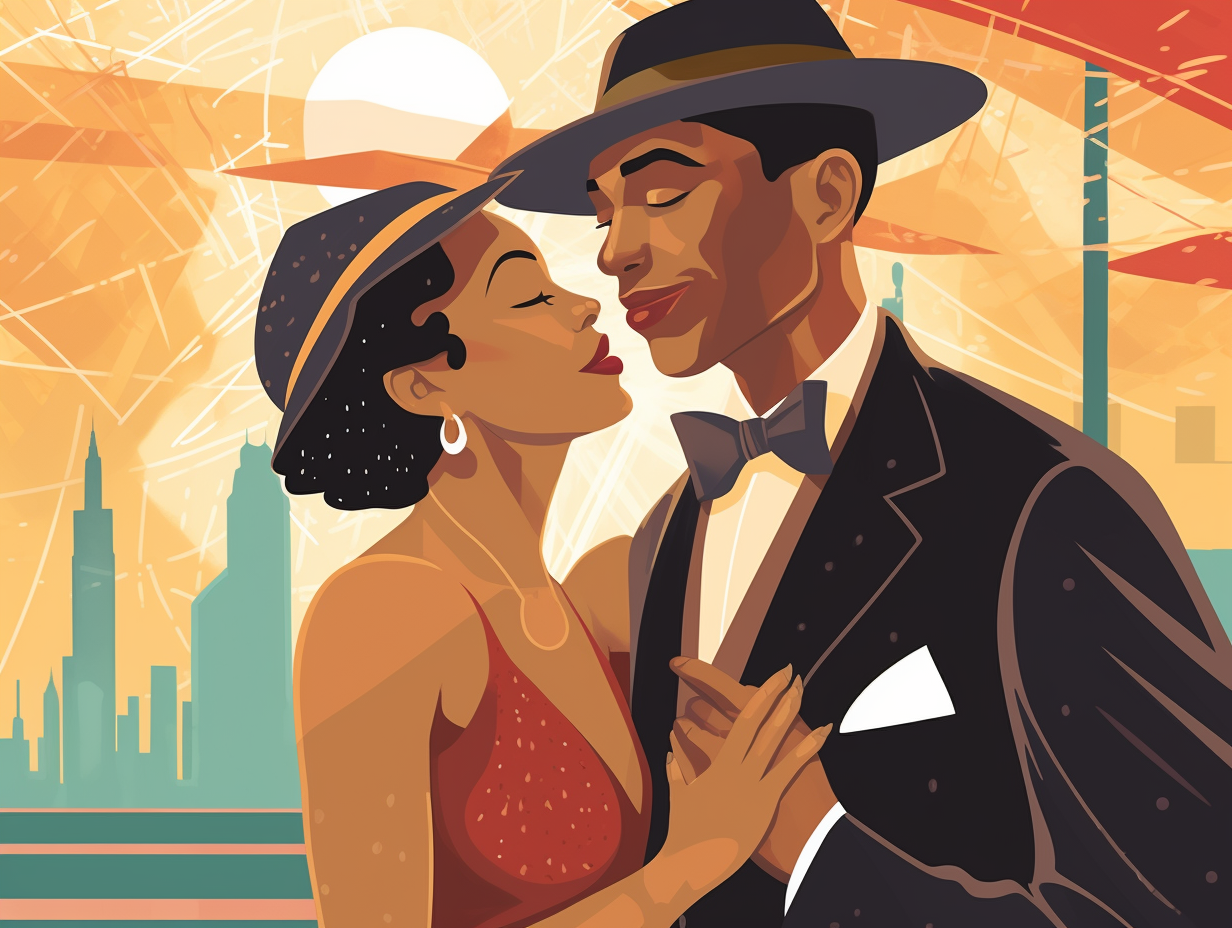
10. Phi Beta Sigma: Culture-driving Frat
Who knew frats could be such a force for culture? Yep, you're not just seeing Greek letters after a toga party gone wild: Phi Beta Sigma, a notably African American fraternity formed in 1914, had a colossal impact on the Harlem Renaissance. This highbrow brotherhood boasted famous members like Alain LeRoy Locke, James Weldon Johnson, and A. Philip Randolph – all deeply involved in the artistic and intellectual boom of the African-American scene in Harlem.
Source => en.wikipedia.org
11. Harmonious Harlem: Artistic Brilliance Aplenty
Forget the Roaring Twenties, it was all about the Harmonious Harlem: The Harlem Renaissance, from 1918 to 1930, brought a wave of African American artistic brilliance, featuring stars like Langston Hughes, Zora Neale Hurston, and Josephine Baker as the aptly named "Renaissance men and women" who revolutionized black culture and identity.
Source => coloursofus.com
12. Groovy Harlem Renaissance: Vibes & Legacies
Dancing their woes away in a groove-filled, jazz-tastic era that put the "roar" in Roaring Twenties: The Harlem Renaissance was a vibrant period for African American artists, writers, and musicians in New York City, stretching from the 1920s to the mid-1930s, where they expressed their cultural identity and addressed critical issues of race, class, and gender, leaving a lasting impact on American art and culture even through the Great Depression.
Source => humanrights.iowa.gov
Related Fun Facts

